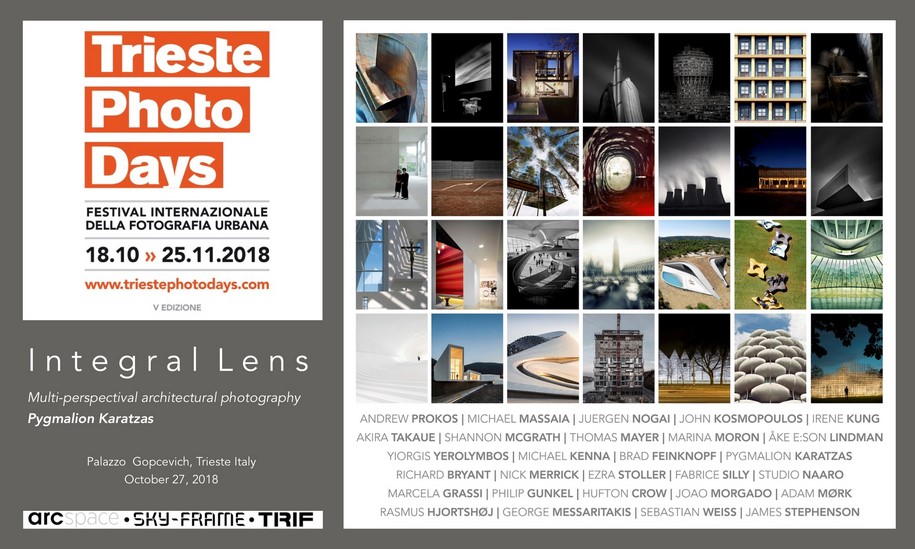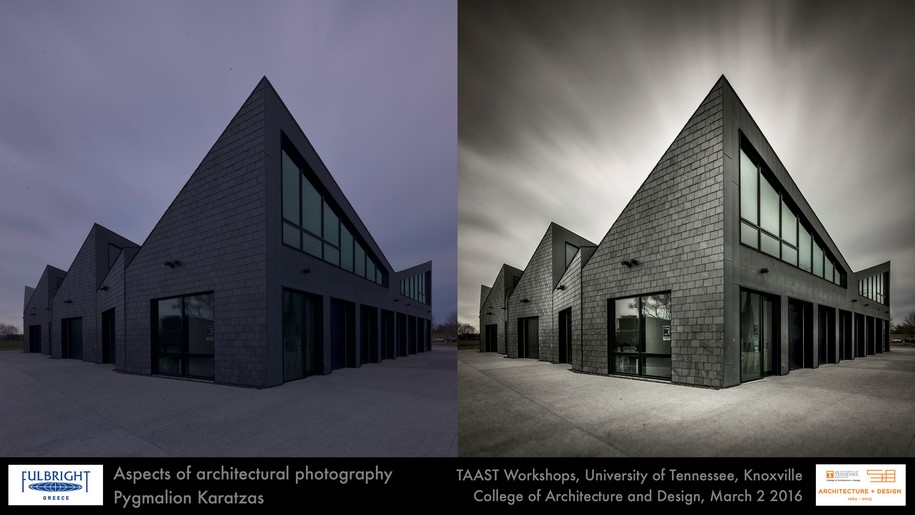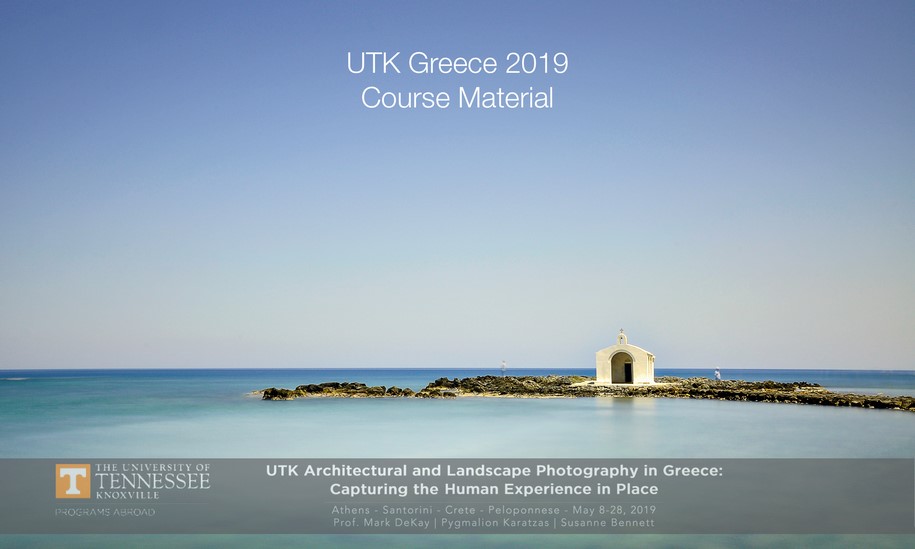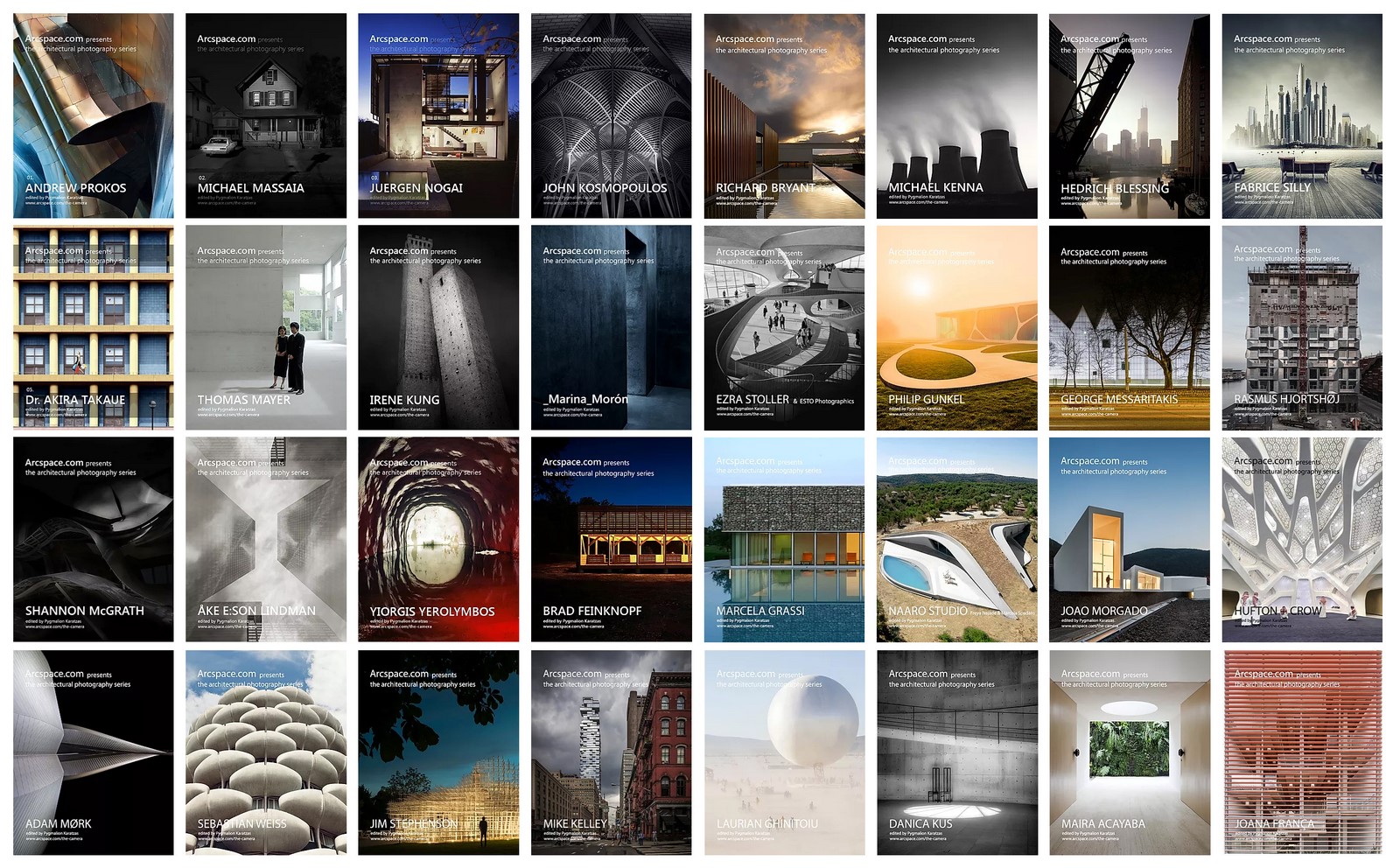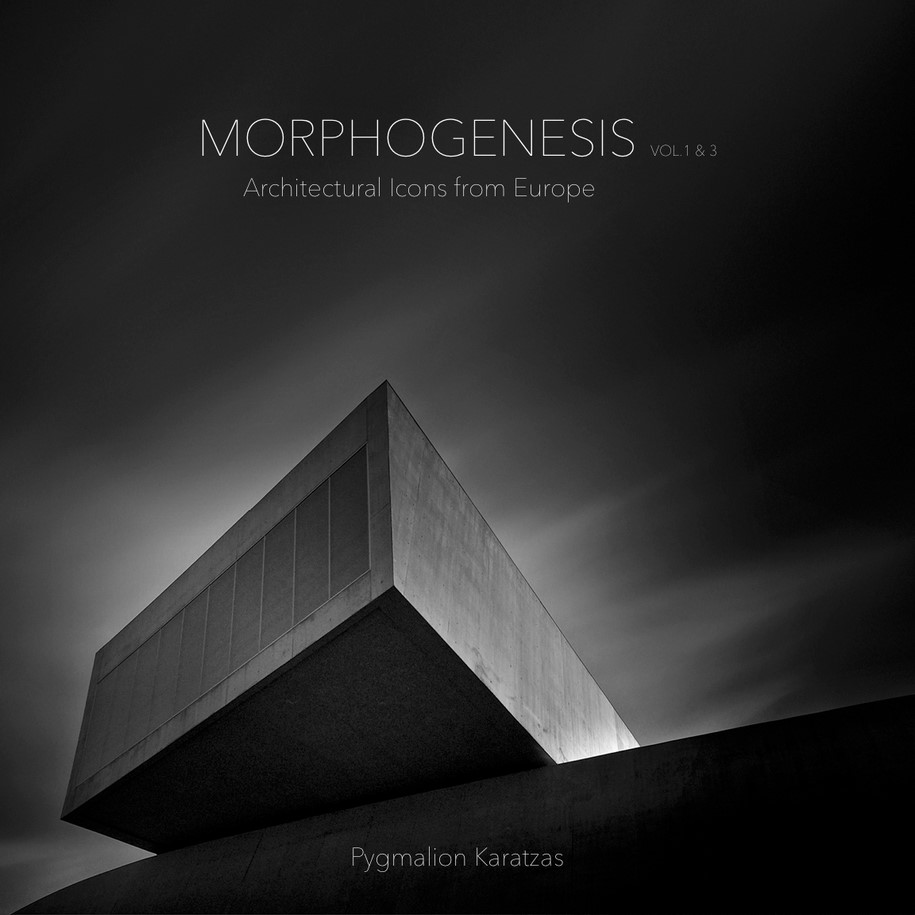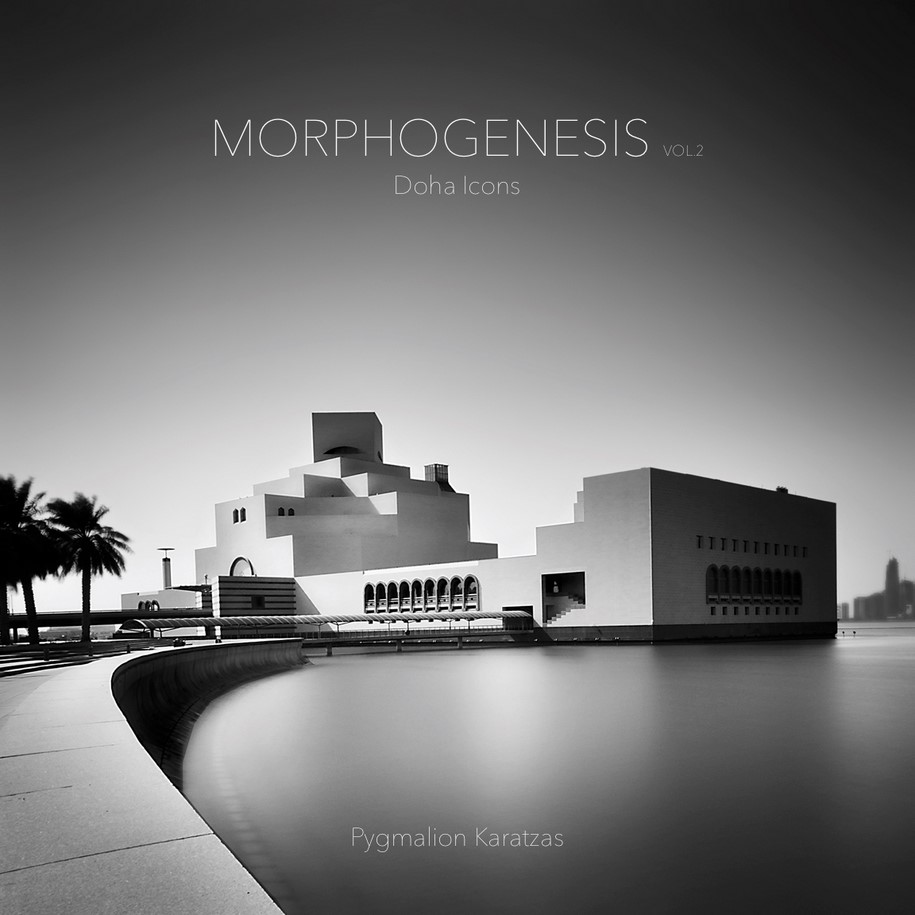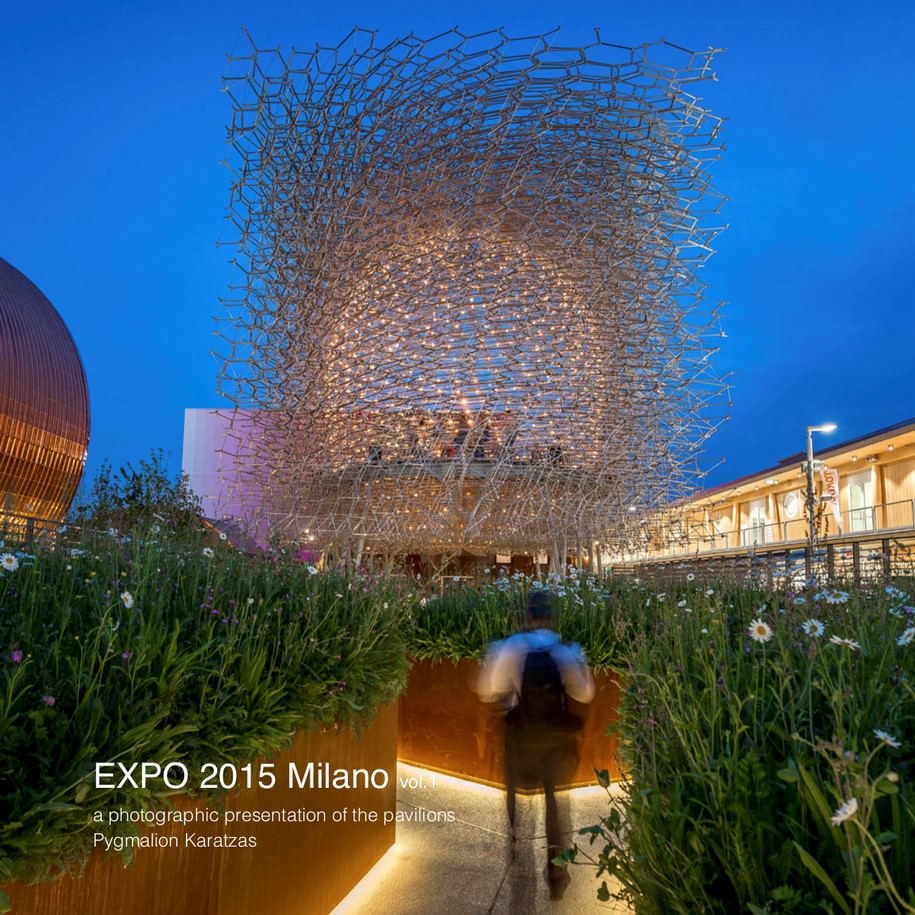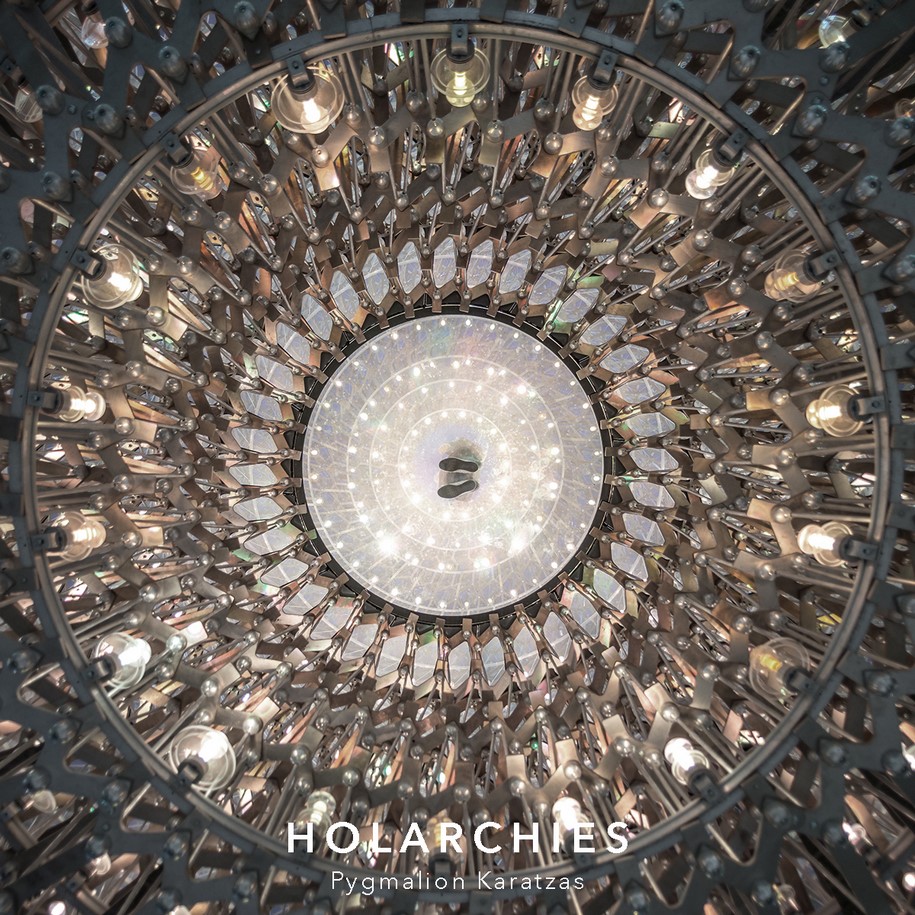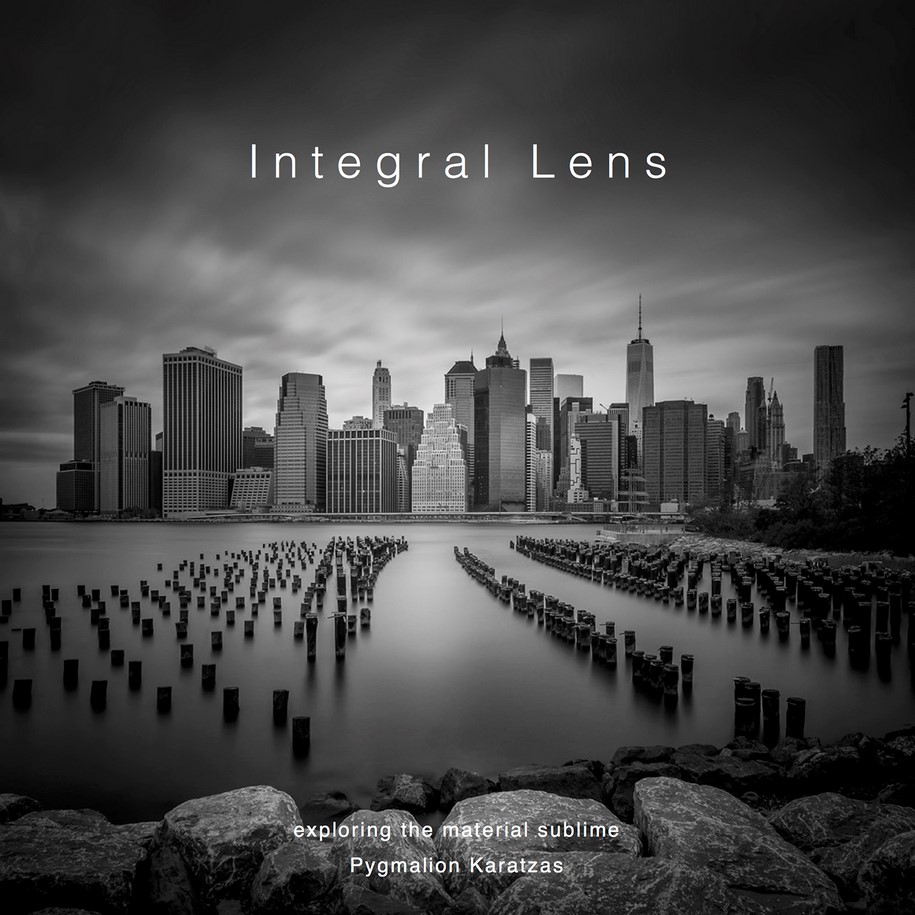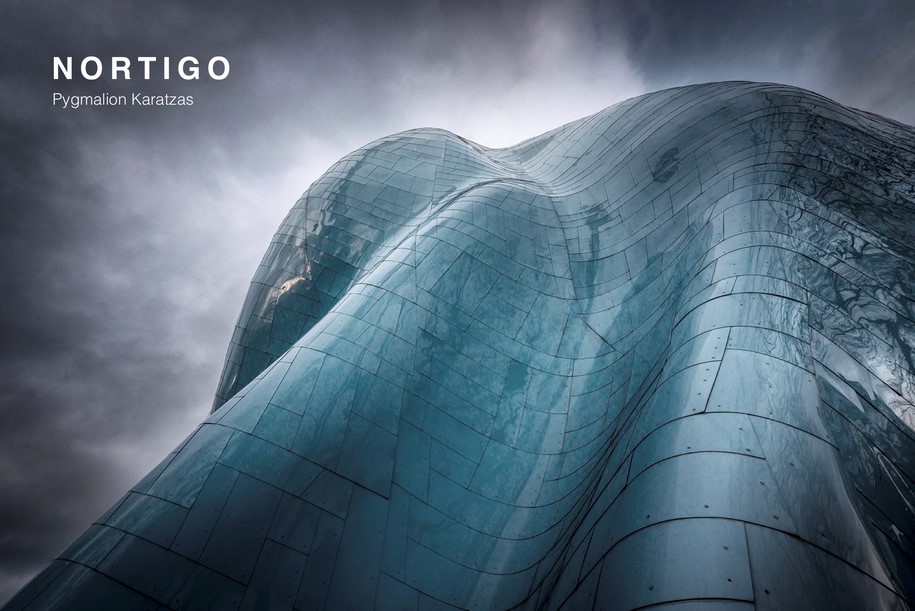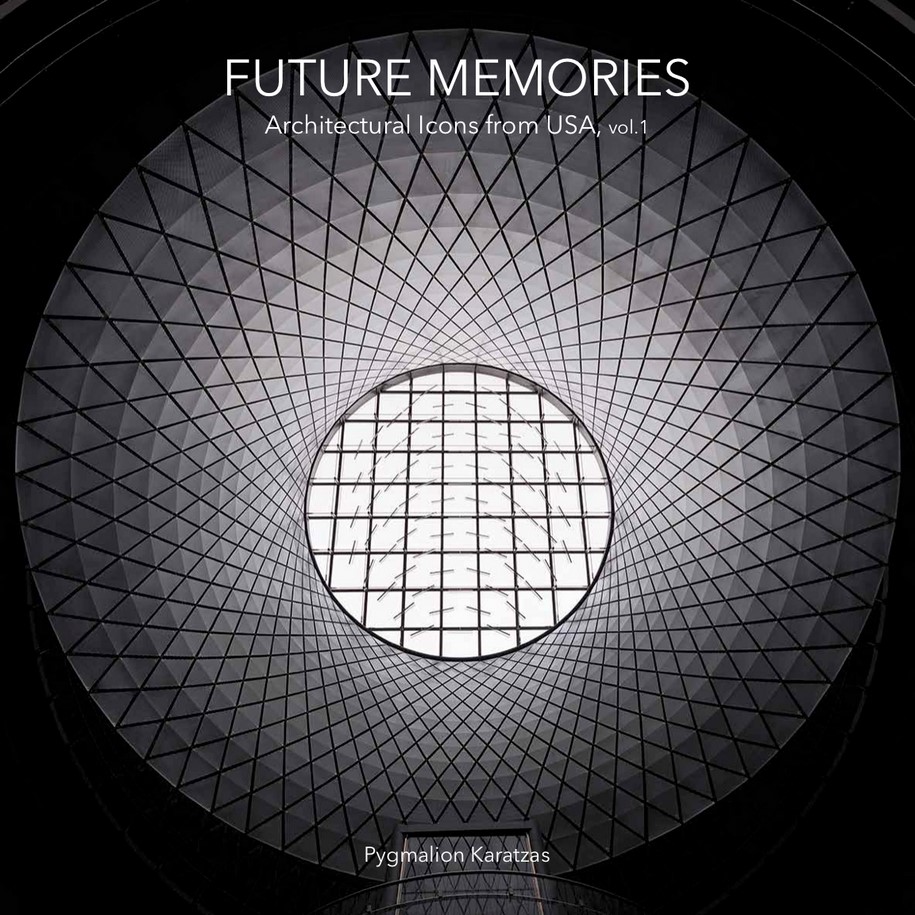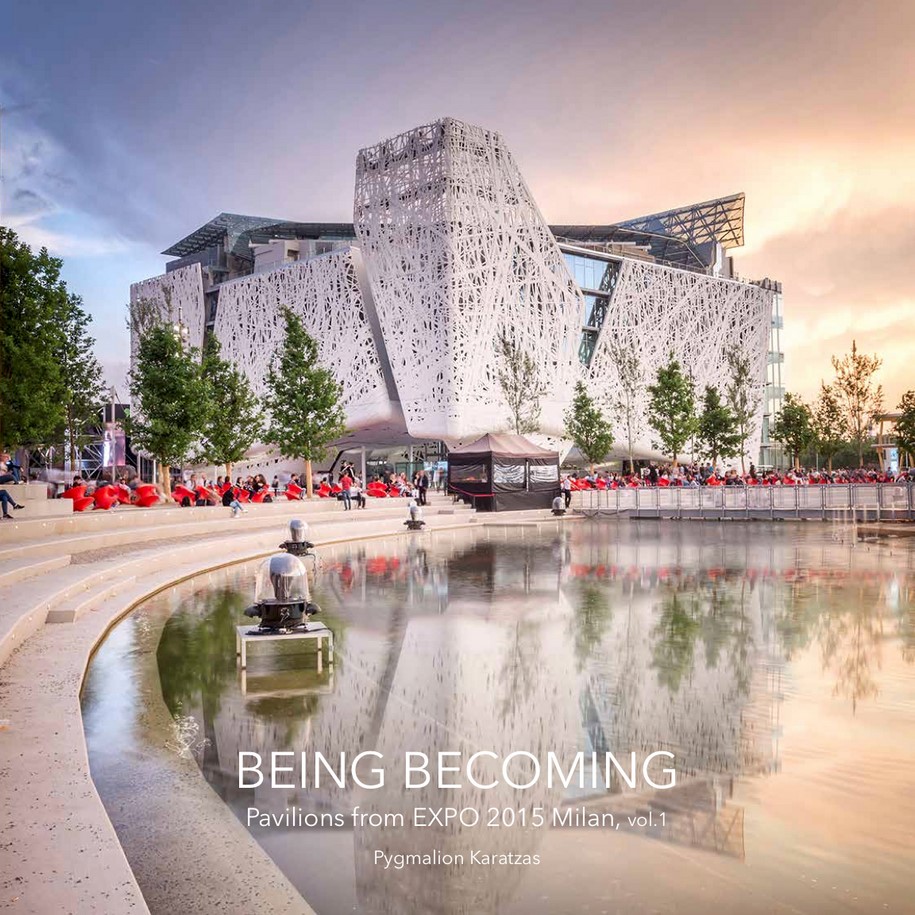Architectural and fine art photographer Pygmalion Karatzas is presenting a number of free online architectural photography resources for readers to explore in this #westayhome period of the COVID-19 pandemic. The selected resources include e-books on issuu, numerous interviews with renowned photographers from around the world, educational presentations (academic papers, lectures, workshops), and videos on vimeo.
-text by Pygmalion Karatzas
These collections reflect an integrative photographic vision, studying and exploring various styles and approaches to architectural photography, aiming to combine a respectful representation of exterior realities with a meaningful expression of our interiority. Photography has always been as much about discovering the personal and transpersonal vision of the artist, as much as it has been about mastering the technical aspects of the medium. Joseph Rosa, chief curator at the US National Building Museum, noted that photography has become the lens through which we observe and analyse the evolution of architecture. My work aims to inspire people to not only view it as a two dimensional image representation but to motivate and inspire them to experience it more comprehensively. Both artistic/expressive and editorial approaches to architectural photography make people slow down, observe buildings closer, do research and field survey, revisit locations under different light and weather conditions, and by doing so enriching their understanding and awareness of the built environment.
The academic paper ‘Integral Lens – exploring a multi-perspectival approach to architectural photography’ was presented at the 3rd Integral European Conference in Hungary in 2018, co-authored by Pygmalion Karatzas and professor of architecture at the University of Tennessee in Knoxville Mark DeKay.
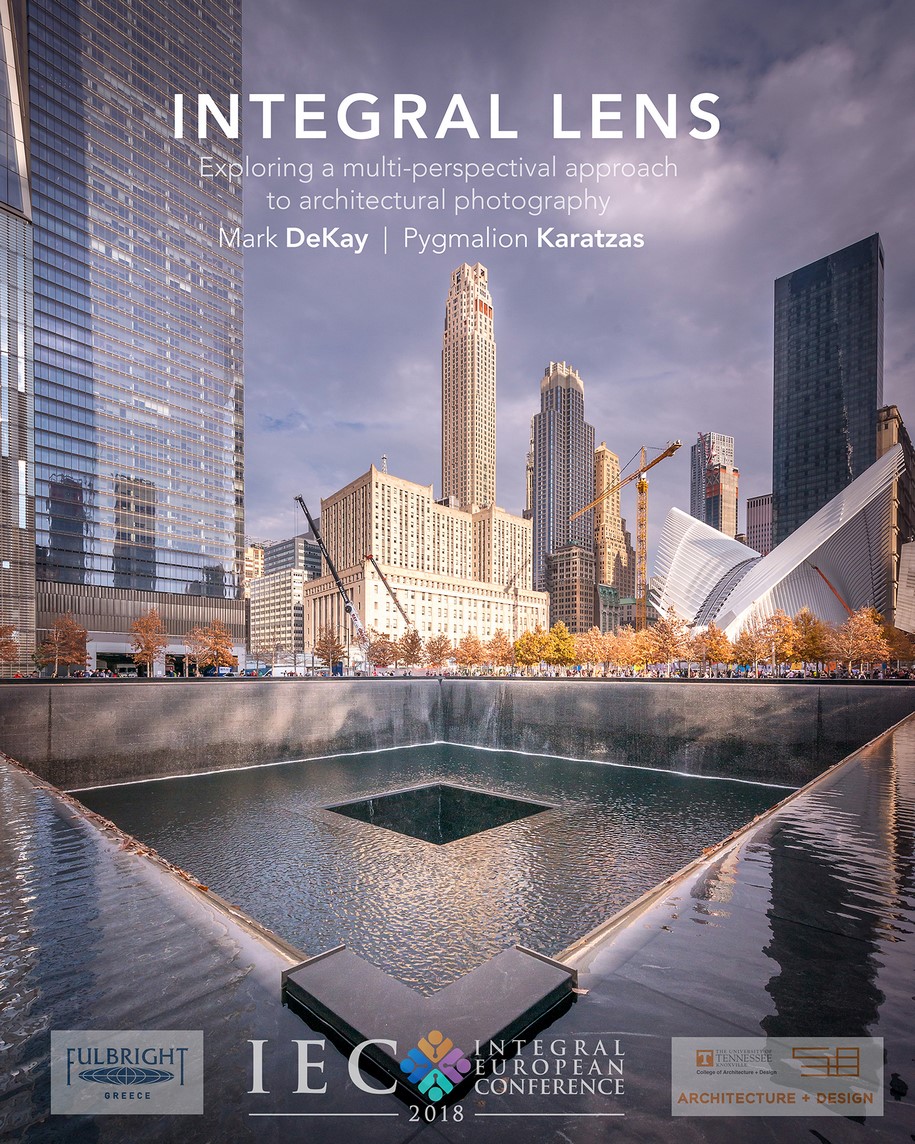
“In this paper we explore an integrally-informed, Wilber-influenced approach to architectural photography’s many variations. Using historical examples, we examine four fundamental perspectives (quadrants) of the eye (UL), view (LL), frame (UR) and practice (LR). Each quadratic perspective is unpacked for four domains: the photographer, making of the photograph, the photograph itself and viewing the photograph.
We consider the development of architectural photography using examples across worldviews from traditional, modern, postmodern and integral. Levels and Quadrants are intersected to reveal sixteen “Lenses” and the concerns of each. We define integral photographic Types, focusing on the distinctions of documentary, editorial and expressive forms. These various integral framing elements are combined in different ways to explain major movements and schools, illustrated with examples.
We conclude with a summary of Karatzas’s “Integral Lens” project and define integrally-informed architectural photography with themes and examples. An integrally-informed photography is multi-perspectival and views the phenomena of both architecture and photography from the standpoint of Self, Culture and Nature. The integral photographer can inhabit all of these, shifting from an aesthetic perspective, to a symbolic interpretation, to an empirical and calculated view of its subjects.”
A lecture presentation was given at the Trieste Photo Days Festival.
Link to lecture in keynote format on issuu
A presentation covering various aspects of architectural photography was given at UTK during the TAAST Workhops. It identifies approximately 30 aspects with photographic examples.
A presentation covering an academic course material on architectural photography was given during the University of Tennessee Knoxville mini-term. It includes shooting in manual mode & camera basics, composition in photography, post-processing in Lightroom & Photoshop, long exposure photography, and typologies of architectural photography.
A combination of the above material has also been edited in a digital exhibit as part of the Integral European Conference 2020 Integral Art track, and is available on vimeo in five parts.
Part 1 – ‘Place is a process’:
Part 2 & 3 – ‘Thinking integral photography’ & ‘Through the integral lens’:
Part 4 – ‘The feeling of form’:
Part 5 – ‘Teaching the view through integral lens’:
Since 2014 in collaboration with the Danish Architecture Center and their e-zine arcspace.com, we have produced 32 exclusive interviews with renowned photographers from around the world, comprising a rich and diverse database and showcase of photographic authorships along with q&a discussions exploring aspects such as: the background biography and influences of the photographers, the overall vision and approach, the relationship between architects and photographers, specific key projects in assignments and personal work, film and digital, print and online means of production and distribution, business aspects of the industry, editing, commercial and artistic expressions, gear and technological advancements, awareness and transformative experiences, the interaction between people and their built environment, movements, styles and sub-genres, future plans and broader collaborations between photography and architecture, workshops, teaching, apprenticeship.
Featured photographers: Andrew Prokos, Michael Massaia, Juergen Nogai, John Kosmopoulos, Akira Takaue, Thomas Mayer, Irene Kung, Marina & Moron, Shannon McGrath, Ake E:son Lindman, Yiorgis Yerolymbos, Brad Feinknopf, Richard Bryant, Michael Kenna, Hedrich Blessing, Fabrice Silly, Ezra Stoller & ESTO Photographics, Philip Gunkel, George Messaritakis, Rasmus Hjortshoj, Marcela Grassi, NAARO Studio, Joao Morgado, Hufton & Crow, Adam Mork, Sebastian Weiss, Jim Stephenson, Mike Kelley, Laurian Ghinitoiu, Danica Kus, Maira Acayaba, Joana France.
A selection of them has also been edited in a magazine format available on issuu.
The last section of resources includes a selection of architectural photography e-books.
Morphogenesis vol.1 & 3 presents a selection of iconic projects from European cities – Edinburgh, Glasgow, Frankfurt, Munich, Stuttgart, Basel, Modena, Rome, taken in 2013 and 2014 during a photographic tour from Scotland to Germany to Switzerland and Italy.
Morphogenesis vol.2 continues with a selection of iconic projects from Doha in Qatar.
EXPO 2015 Milano is a presentation of the 2015 World Expo in Milan.
The companion volume Holarchies focuses on architectural abstracts from the pavilions.
[image #13]
The photo books ‘Integral Lens’ present a project awarded with a Fulbright Scholarship in United States taken between 2015 and 2016 and covers 12 cities in 8 States during a 5-month period. The subject was a multi-perspectival approach to the study and representation of the built environment. The College of Architecture and Design from the University of Tennessee in Knoxville was the affiliated academic institution and professor Mark DeKay supervised the project.
The companion volume ‘Nortigo’ is an exercise in shifting points of view as a gesture to reveal new and interesting information, compositions and feelings from spaces designed to form tangible connections between above and below, by looking straight up towards the ceiling, atrium or sky. The progression from indoor to outdoor spaces supplements the introvert/extrovert design polarity, while the pairing of classical buildings with modern, postmodern and cosmogenic architecture allows for comparative viewing experiences and a diverse showcase of the built environment.
Another production from the Integral Lens project is the book ‘Future Memories’, an editorial presentation of 26 buildings from 11 American cities.
Being Becoming is an editorial presentation of 18 pavilions from the World EXPO in Milan Italy. The project was supported by the Danish Architecture Center and Arcspace.com.
As author Jeremy Lent points out in a recent article on Kosmos Journal, the phrase “social distancing” is helpfully being recast as “physical distancing” since this pandemic is bringing people closer together in solidarity than ever before, and we are witnessing a heartwarming rediscovery of the value of community, and humanity’s prosocial impulses like altruism and compassion manifesting across sectors and boundaries.
These self-initiated projects have been produced over a period of seven years parallel to the photographer’s commissioned assignments, informing and enriching each other with a genuine effort to portray the tour de force of contemporary architecture.
Public buildings are a point of attraction for every city and photography becomes the vehicle to explore and experience them more comprehensively. They have been compiled here to serve as informative and educational material, in service of the profession’s dissemination and cultural asset value. Beyond the internal discourses of architectural theory, these examples of high-end architecture illustrate the sincere efforts of thousands of people to manifest the Beautiful, the Good and the True, individually and collectively. They learn from the past but they look to the future.
READ ALSO: Ανοιχτή πρόσκληση υποβολής προτάσεων για συμμετοχή στα Archisearch Portfolio Reviews | Archisearch & Design Ambassador
